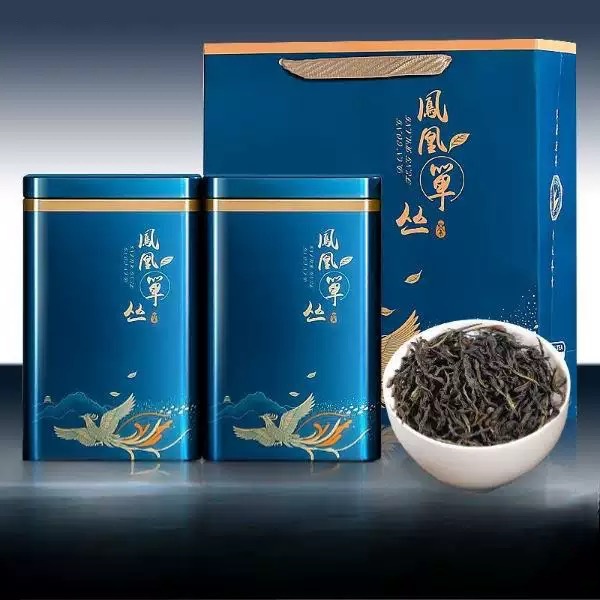
# Oolong Tea Types and Their Unique Characteristics
## Introduction to Oolong Tea
Oolong tea, also known as wulong tea, is a partially oxidized tea that sits between green and black tea in terms of processing and flavor profile. With oxidation levels ranging from 10% to 85%, oolong teas offer an incredible diversity of aromas, flavors, and appearances that make them some of the most complex and sought-after teas in the world.
## Major Oolong Tea Varieties
### 1. Tie Guan Yin (Iron Goddess of Mercy)
Originating from Anxi County in Fujian Province, China, Tie Guan Yin is one of the most famous oolong teas. This lightly oxidized (10-20%) tea produces a floral aroma reminiscent of orchids with a smooth, buttery texture. The leaves are tightly rolled into small pellets that unfurl beautifully during brewing.
### 2. Da Hong Pao (Big Red Robe)
Hailing from the Wuyi Mountains in Fujian, Da Hong Pao is a heavily oxidized (60-80%) rock oolong known for its mineral-rich flavor profile. The tea offers notes of dark chocolate, roasted nuts, and stone fruits with a distinctive “rock rhyme” (yan yun) character from the unique terroir of its growing region.
### 3. Dong Ding (Frozen Summit)
This medium-oxidized (30-40%) Taiwanese oolong from Nantou County features a balanced profile with floral top notes and a roasted, honeyed base. Traditional Dong Ding undergoes multiple roastings that develop complex caramelized flavors while maintaining its fresh floral character.
### 4. Oriental Beauty (Dong Fang Mei Ren)
Grown in Taiwan’s Hsinchu County, this unique tea is intentionally exposed to leafhoppers whose bites trigger a chemical reaction in the leaves. The result is a lightly oxidized (20-30%) tea with distinctive honey and ripe fruit flavors, often compared to muscat grapes.
### 5. Phoenix Dan Cong
From Guangdong Province, these single-bush oolongs offer extraordinary aromatic complexity with oxidation levels varying from 30-70%. Each variety is named after its dominant aroma – popular types include Mi Lan Xiang (honey orchid), Yu Lan Xiang (magnolia), and Xing Ren Xiang (almond).
## Processing Differences
The wide variety in oolong tea characteristics stems from differences in processing techniques:
- Oxidation level (light, medium, or heavy)
- Roasting intensity (none, light, medium, or heavy)
- Rolling/shaping method (tightly ball-rolled, strip-style, or twisted)
- Terroir (elevation, soil composition, climate)
## Brewing Recommendations
Water Temperature
Light oolongs: 85-90°C (185-194°F)
Medium oolongs: 90-95°C (194-203°F)
Dark oolongs: 95-100°C (203-212°F)
Keyword: Oolong Tea Varieties
Steeping Time
First infusion: 30-45 seconds
Subsequent infusions: Increase by 15-30 seconds each time
High-quality oolongs can typically yield 5-8 infusions
## Conclusion
The world of oolong tea offers an incredible spectrum of flavors and aromas to explore. From the floral delicacy of lightly oxidized Tie Guan Yin to the robust minerality of Wuyi rock teas, each variety tells a story of its origin and craftsmanship. The best way to appreciate these teas is to taste them side by side, noting how processing techniques and terro
